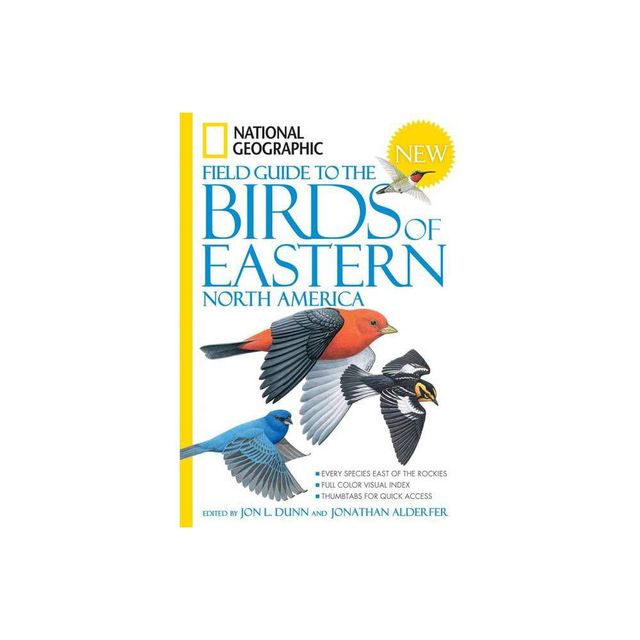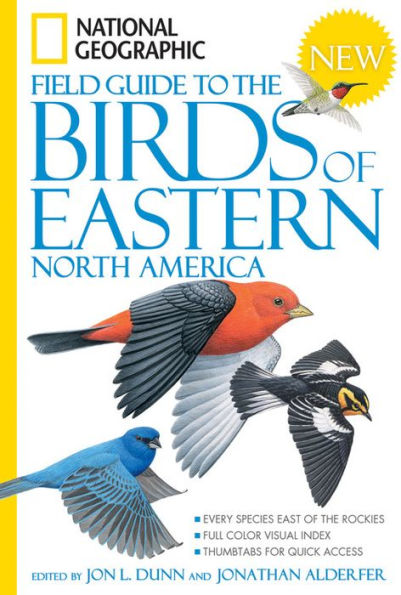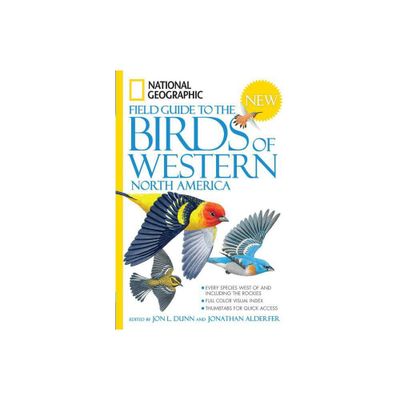Home
National Geographic Field Guide to the Water's Edge: Beaches, Shorelines, and Riverbanks
Loading Inventory...
Barnes and Noble
National Geographic Field Guide to the Water's Edge: Beaches, Shorelines, and Riverbanks
Current price: $21.95


Barnes and Noble
National Geographic Field Guide to the Water's Edge: Beaches, Shorelines, and Riverbanks
Current price: $21.95
Loading Inventory...
Size: OS
*Product Information may vary - to confirm product availability, pricing, and additional information please contact Barnes and Noble
The book guides the exploring naturalist to water's edge destinations throughout North America including Canada and Alaska.
Main sections of the book cover three ocean coastlinesAtlantic, Gulf of Mexico, and Pacific; estuaries and wetlands; lakes, including the Great Lakes; and rivers, from the great Mississippi and Columbia to backyard streams. Identification guides and interesting information on plants, animals, shells, and other curiosities to be found along each water's edge accompany photographs and illustrations. Useful and inviting sidebars enhance every page:
· Shore ScienceQuick hits and fascinating facts of science along the water's edge
· Stay SafeAlerts about shoreline dangers and how to avoid or respond to them
· Beachcomber's GuideIllustrated key to objects found in each beach and shoreline region
· Save the ShoreNotes on how humans can hurtand helpshoreline ecology
· Best Water's EdgeThroughout, "Dr. Beach" recommends the top beach or shoreline destinations
The book is profusely illustrated with photographs, maps, and explanatory diagrams. An introductory section provides a thorough overview of the basic science of shorelines: How water interacts with land to form beaches; how various kinds of shorelines formed; why large waves are needed to form beaches; how floods and fast-moving water alters river shorelines; how the gravitational pull of the moon and sun cause the tides; why the oceans have tides but the Great Lakes don't; how tides affect rivers far inland; the effects of latitude and climate on the formation of shorelines, including variations in plants and animals. This opening sets up all the science necessary to understand and use the rest of the book.


















